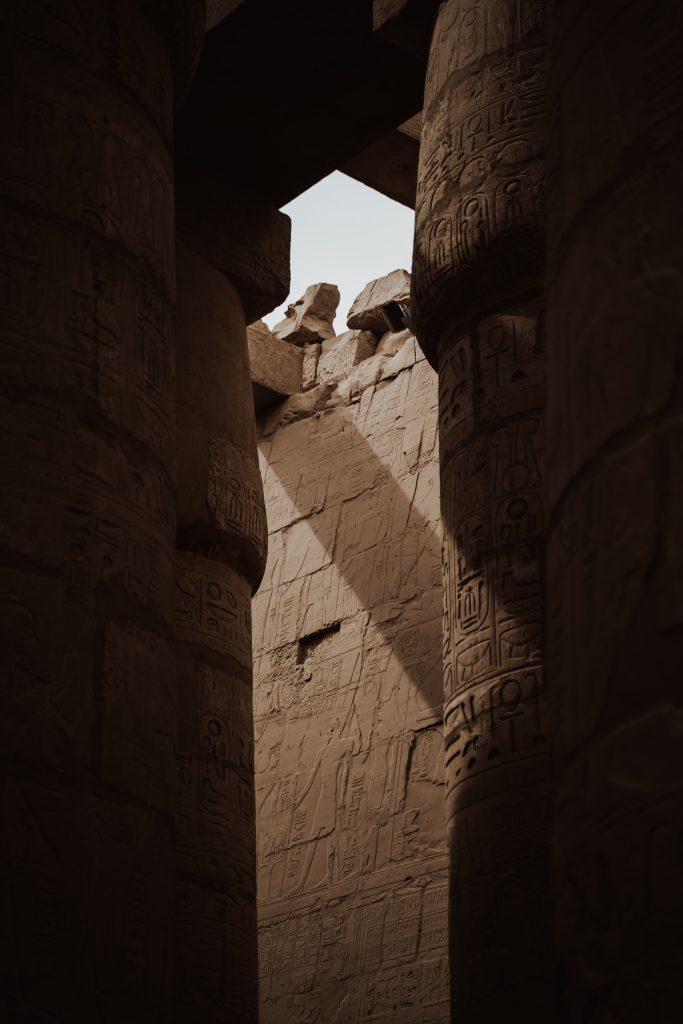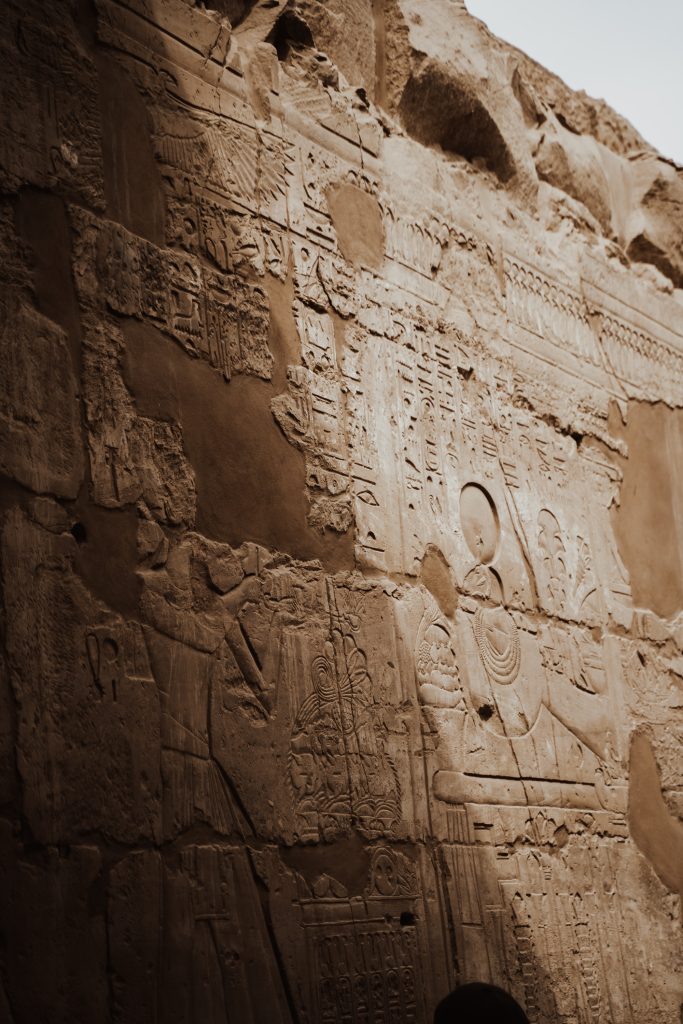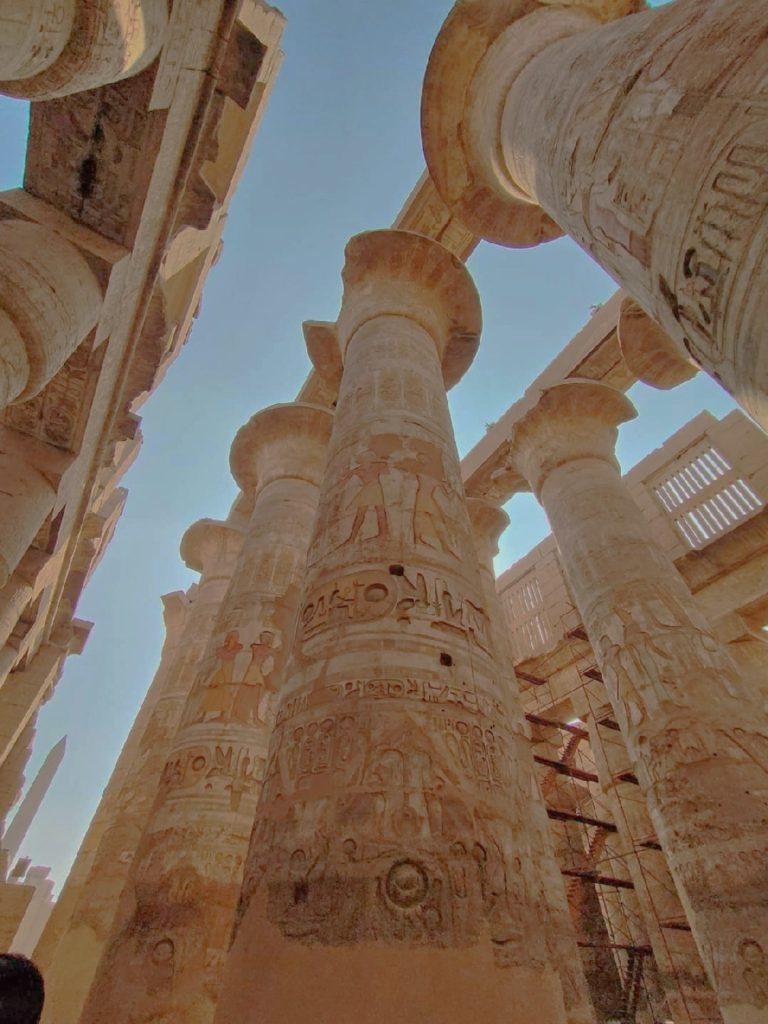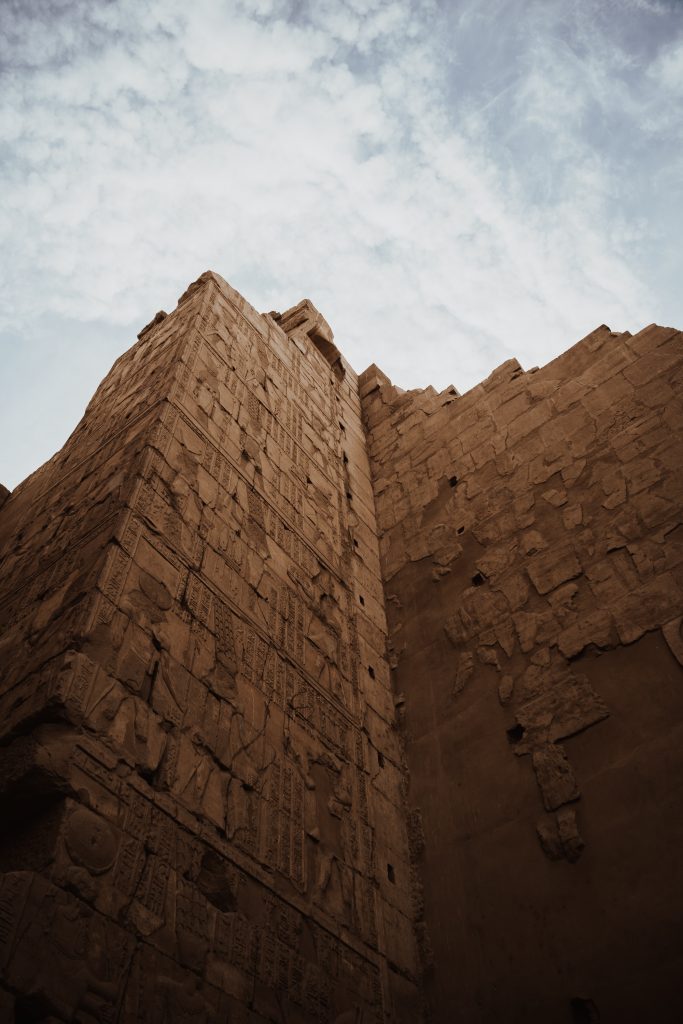Luxor, located on the eastern bank of the Nile, is one of the most important and fascinating tourist destinations in Egypt. Known as the “city of the dead,” Luxor hosts a series of stunning monuments and archaeological sites dating back to the Pharaonic period, including the Karnak Temple and the Valley of the Kings.



Sanctuaries
The Karnak Temple, built around 2000 BC, is the largest temple in the world and one of the most impressive archaeological sites in Egypt. The temple consists of several buildings and sanctuaries, including the Temple of Amun, the Temple of Mut, and the Temple of Montu. Visitors can explore these sanctuaries and admire the beautiful reliefs and hieroglyphics covering the walls.
In addition to the Karnak Temple and the Valley of the Kings, Luxor also offers other important tourist attractions, such as the Temple of Hatshepsut, the Temple of Medinet Habu, and the Tombs of the Nobles.
Valley of the Kings
The Valley of the Kings, located on the western bank of the Nile, is another important site to visit in Luxor. The Valley of the Kings is a series of funerary chambers and tombs carved into the rock, belonging to important pharaohs of the 18th dynasty. Among the most famous tombs is the Tomb of Tutankhamun, discovered in 1922, which contains a series of astonishing funerary objects.



Souvenirs
Moreover, visitors can explore the local market in Luxor, which is a popular place to buy souvenirs and handicrafts, or take a cruise on the Nile to admire the region’s impressive landscapes.
Interesting Facts:
- Luxor was named the “city of the dead” because it was considered an important funerary center during the Pharaonic period.
- The Karnak Temple is the largest temple in the world and was built by several pharaohs during the 18th dynasty.
- The Tomb of Tutankhamun, discovered in the Valley of the Kings, was one of the largest and most significant archaeological discoveries in history.
- The Temple of Hatshepsut, located about 3 km south of the Karnak Temple, was built by the pharaoh Hatshepsut, who ruled Egypt around 1500 BC.
- The Temple of Medinet Habu is another important temple in Luxor, which was built around 1100 BC.
- In addition to tourist attractions, Luxor is also known for its local market, which is a popular place to buy souvenirs and handicrafts.
- A Nile cruise is a popular way to explore the region and admire the impressive landscapes of the Nile.
In conclusion, Luxor is a city full of history and culture, offering countless opportunities to explore the fascinating monuments and archaeological sites of ancient Egypt. It is an ideal destination for history and culture enthusiasts, and for those who want to experience some of the most impressive tourist attractions in the world.
